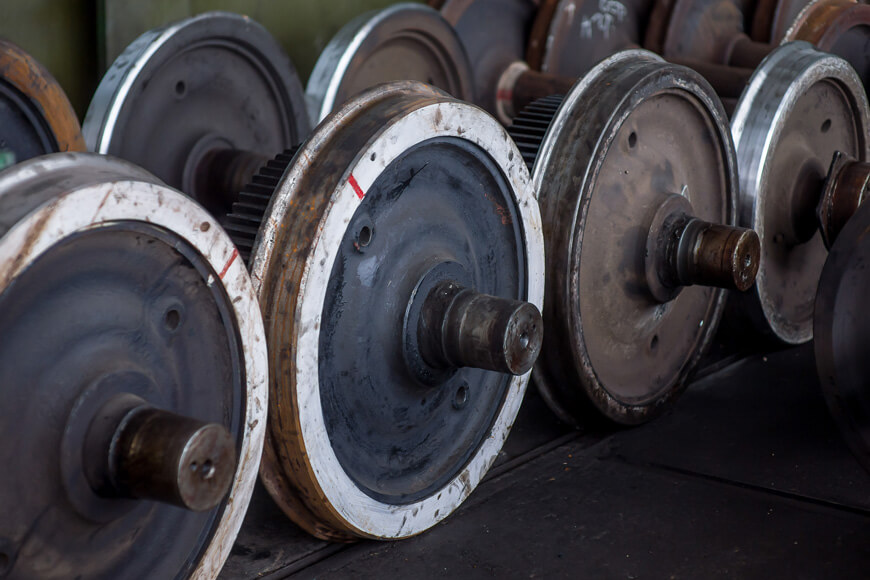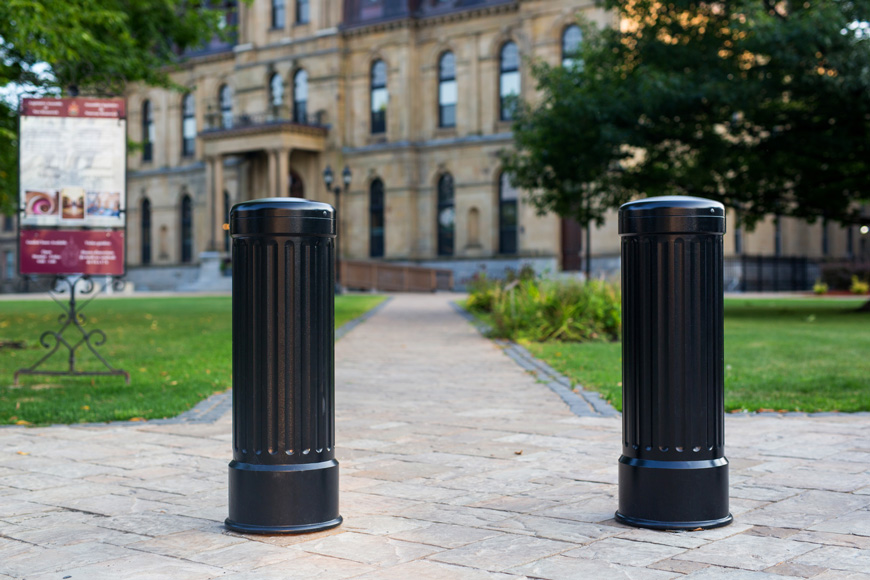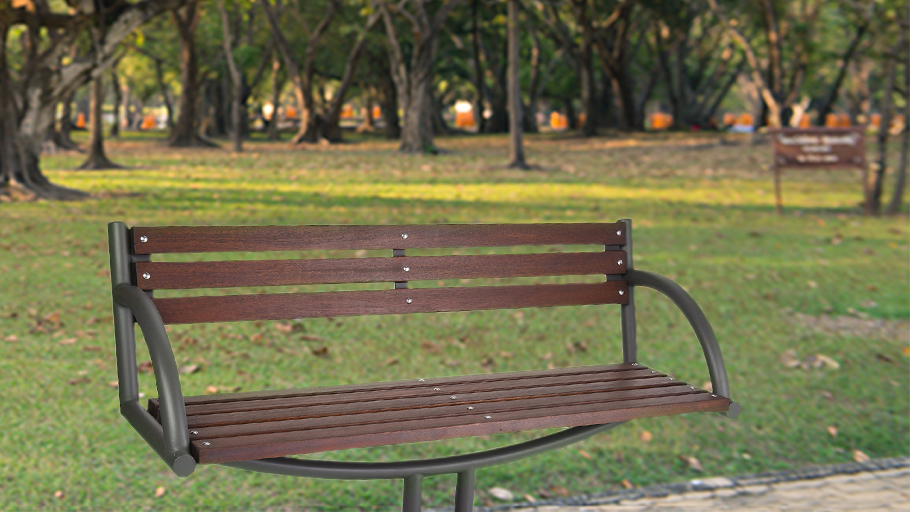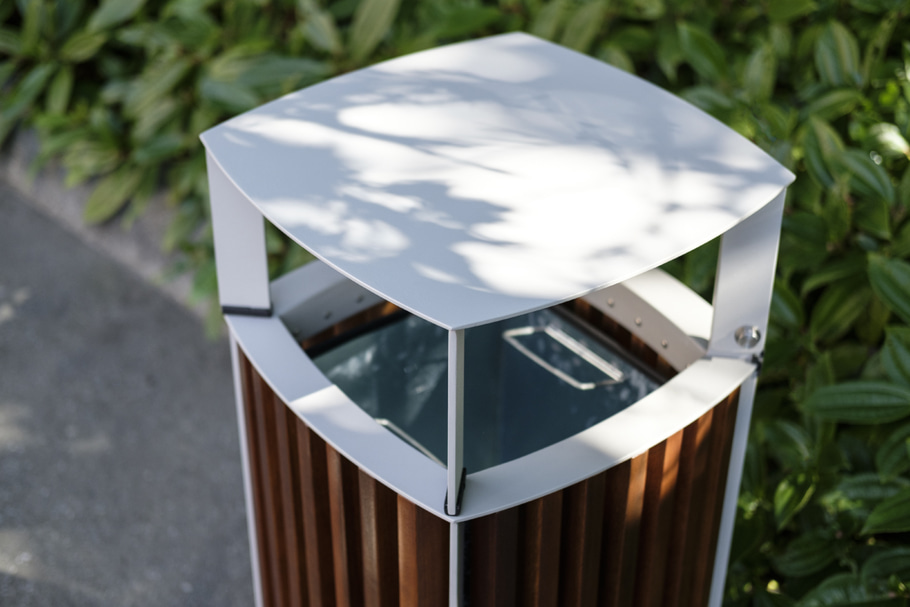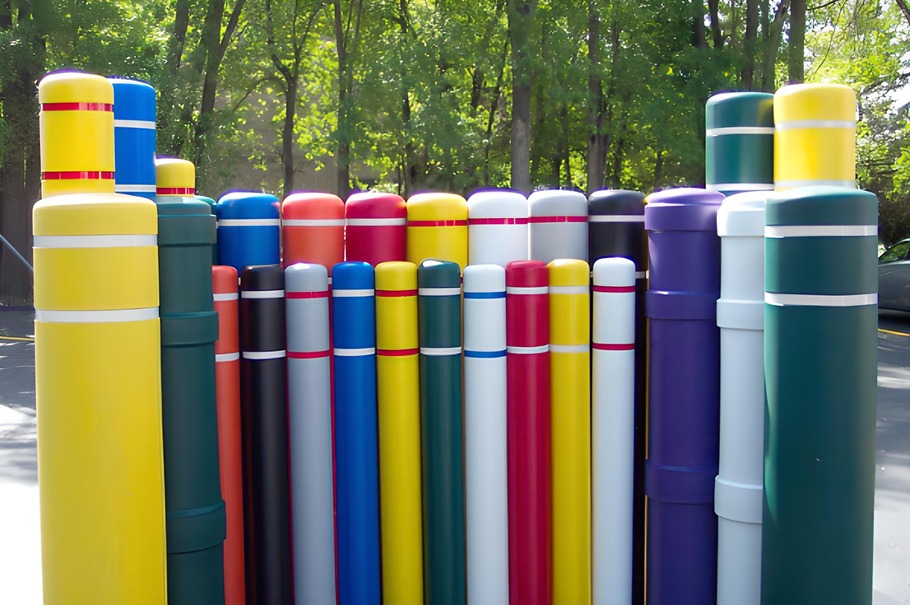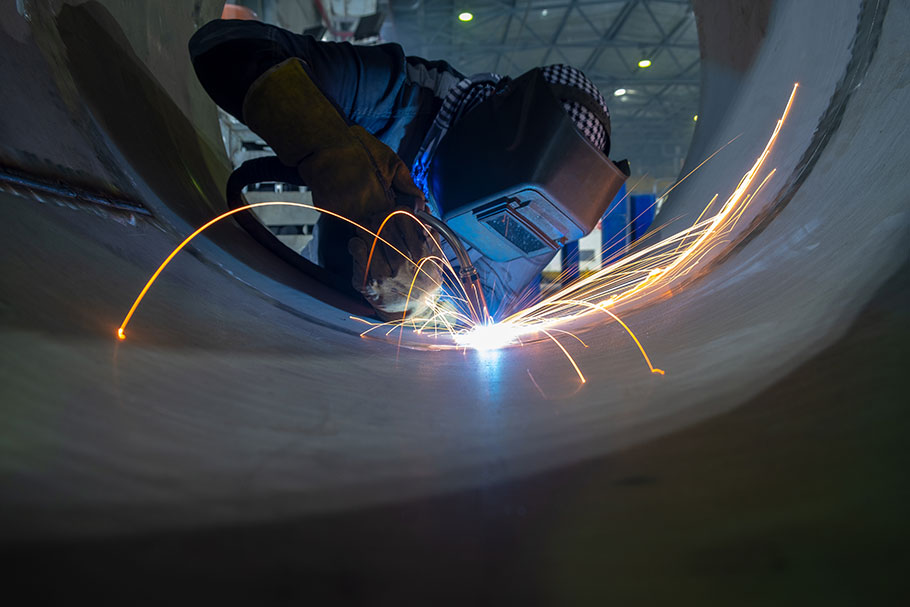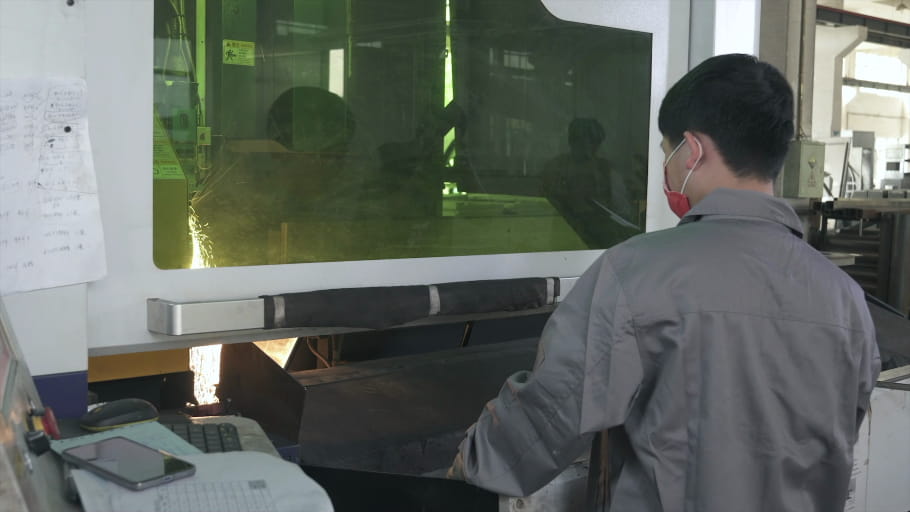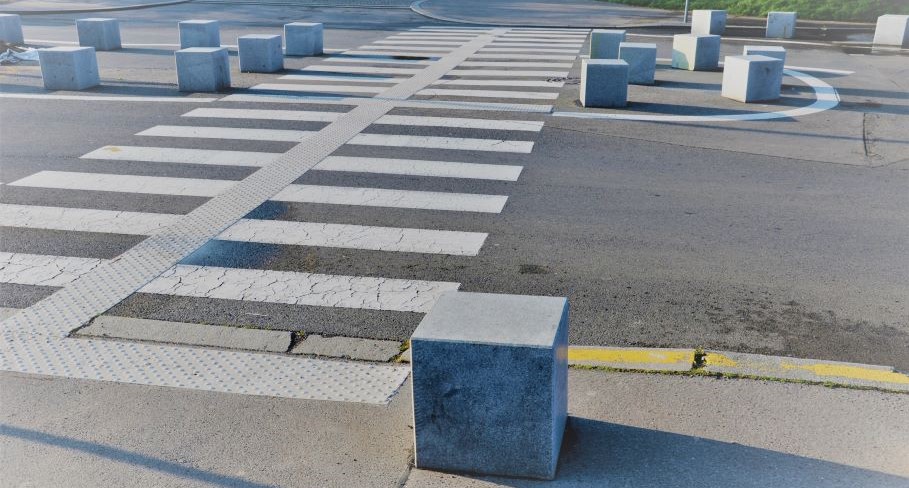Axle design options for optimal power transfer to wheels
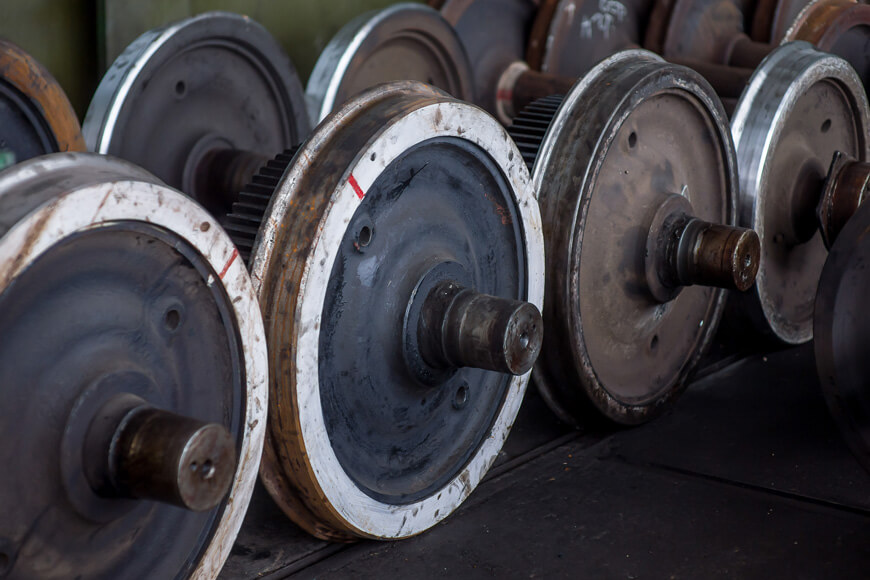
When it comes to understanding the wheel and axle assembly for any type of vehicle, the first question to consider is how does it work? The type of wheel and axle used for motion will vary depending on the complexity of the vehicle—ranging from pull wagons, to rail carts, to commercial vehicles. The mechanics of wheels can be grouped into two categories: drive wheels and idler wheels.
Drive wheels
Drive wheels are fixed onto an axle. The driving force is applied to the axle which causes the wheels to turn. The axle receives torque from an internal drivetrain—typically from a drive shaft or transaxle connected to an engine. In these assemblies, the drive axle is what transfers drive power to the wheels. In turn, with enough friction and grip, the wheels will propel a vehicle forward under its own power.
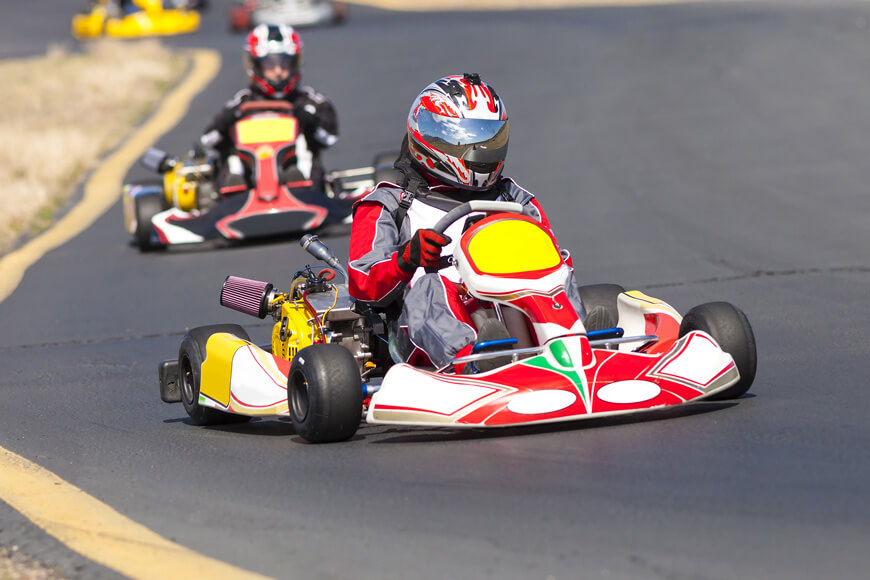
For self-guiding vehicles (those with a steering wheel), a driven axle is typically split by a differential, which allocates power depending on which wheel is on a tighter radius. In some applications, such as go-karts, a single drive wheel is common. In this configuration, one wheel is fixed to the drive axle while the other can rotate freely to prevent slipping when rounding corners.
Drive wheel characteristics:
- Fixed to axle
Wheels must be fixed to the axle in order to transfer torque from the axle to its wheels. This can be done with a full hub assembly or with a keyed shaft in simpler applications. - Wheel bearings
To support the weight of a vehicle while delivering torque, bearings are needed. A bearing is a machine element that constrains relative motion to only the desired motion, and will also reduce friction between moving parts. In a drive configuration, the inner bearing surfaces rotate with the axle, while the outer bearing surfaces remain stationary—they are fixed to the vehicle body.
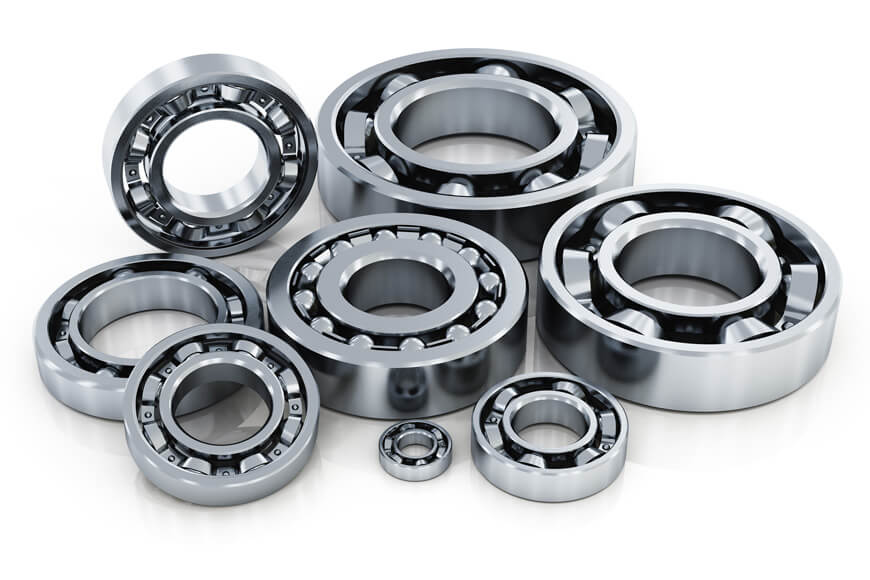
How are drive wheels designed?
In its basic form, a drive axle is a solid bar with wheels affixed at either end. The most common means of securing a wheel to the axle is with a keyway and/or set screws. Other methods include tapered locking bushing, welding, interference fit, nuts and bolts, and cotter pins. Bearings or bushings are provided at the mounting points where the axle is supported.
Drive wheels and terrain
Terrain is a major consideration in drive axle design since driving force is limited to where each drive wheel touches the ground. Rough or slippery terrains create challenging environments for drive wheels. Uneven terrain can separate drive wheels from the ground, leaving them spinning in the air with no point of contact. Slippery surfaces can create the same effect. 4×4 or all-wheel-drive configurations use multiple drive axles to apply driving power to more contact points.
Idler wheels
Idler wheels involve simpler mechanics than drive wheels. Idler wheels are wheel assemblies which are independent of the axle—they are not fixed. Instead, they roll freely with a vehicle’s motion. In this case, a bearing or bushing sits inside a central hole in the wheel to allow the wheel to rotate around the axle.
How are idler wheels designed?
Most often, the simplest idler wheel design is to use wheels that turn independently. With this configuration, each wheel runs on its own bearings. Allowing wheels to rotate independently means a differential isn’t needed to prevent wheels from slipping while navigating corners. Idle wheels that use this configuration can also be easier to service and maintain. Wheel bearings are more accessible and easier to replace than axle bearings.
Idler wheels mechanics
Idler wheels need an external source of power to move. Often, idler wheels are installed as load-bearing wheels to complement drive wheels. However, vehicles can also be propelled by external power sources as well. The simplest example is that of a wagon or pull-cart.

In industrial or commercial applications, a winch or cable-pull mechanism can be effective—especially where a vehicle is propped on a set of rails and doesn’t have any independent steering capacity.
A cable pull can also be beneficial for wheel applications where rails may be bent, uneven, or slippery. This is because steel track wheels on a dead axle don’t rely on friction to propel a vehicle. For applications where rails may be bent at opposing angles, steel rail wheels can also be designed to float across portions of an axle—allowing them to track with the curvature of each rail.
High performance wheels
The combination of quality wheels and axle design is paramount to the seamless operation of any vehicle assembly. Not only are wheels responsible for mobility, but they must also bear the weight and stress of dutiful loads and harsh ground surfaces. They are valuable components in delivering smooth, frictionless transportation of heavy loads from one point to another.
Reliance Foundry offers a range of steel wheels including customized drive and idle wheels for industrial applications. Keyed or bearing customization services also available. To learn more, contact our Sales Department.

